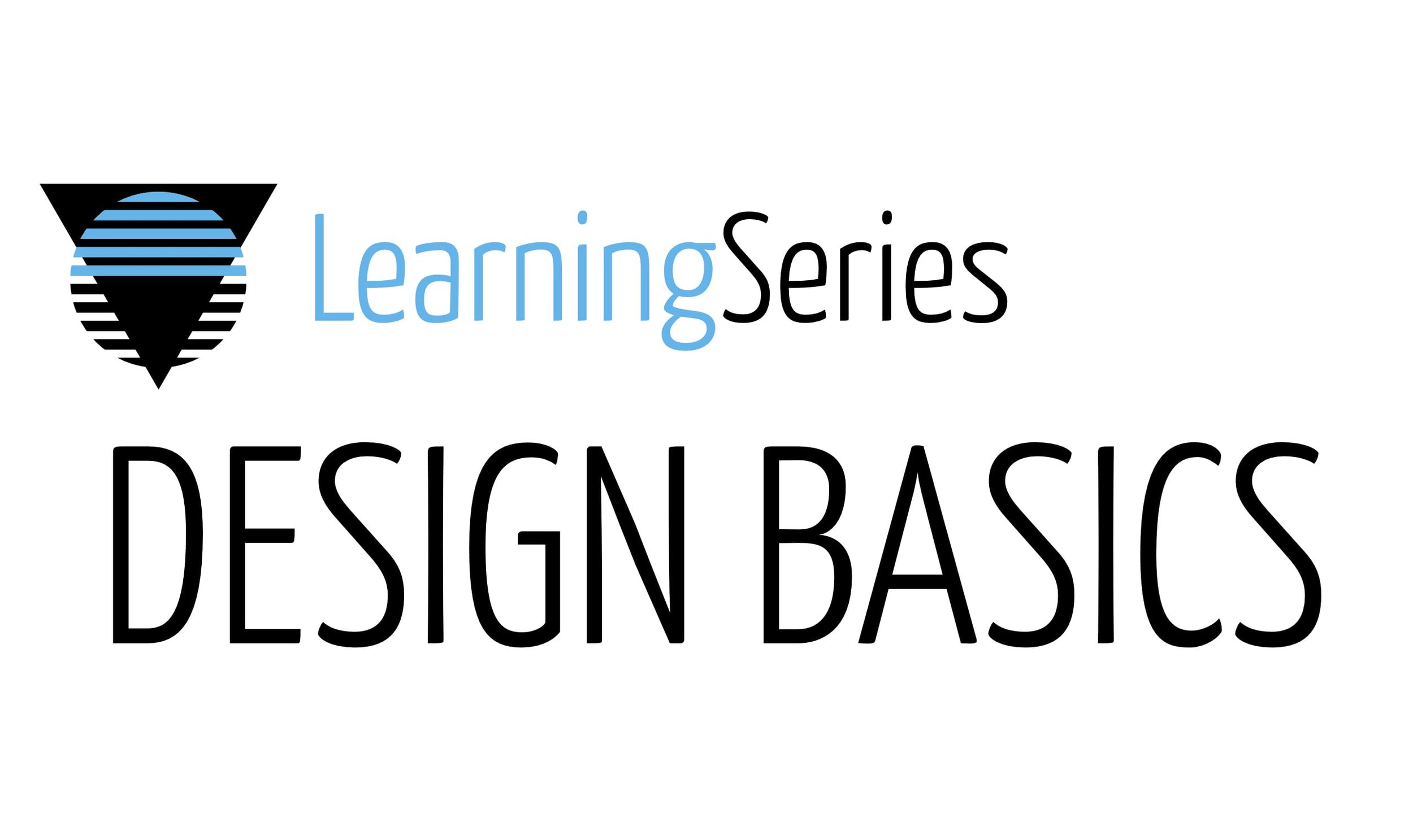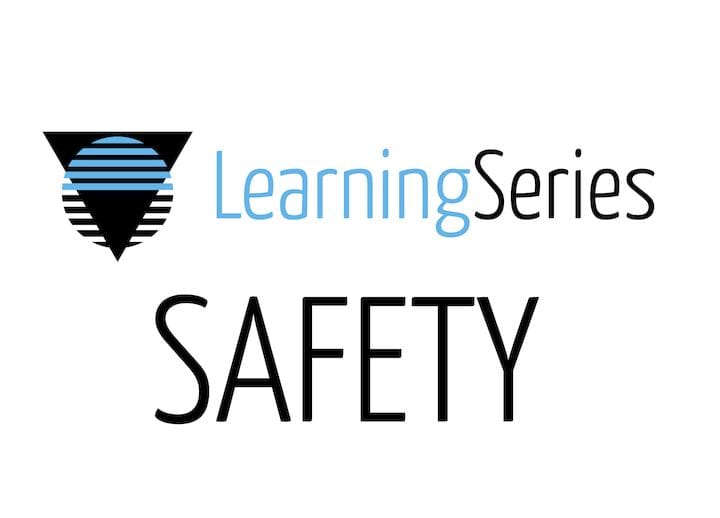
This is an entry in our 3D Print Learning Series, focusing on 3D print safety.
For other current entries in this series, please search for our tag, “learning series”, here. Search often, as we will be adding more periodically.
3D PRINT SAFETY
I am always astonished at the lack of safety considerations by many 3D printer operators, but hopefully this entry in our Learning Series will help everyone be just a bit more safe in their work using 3D printers.
In my experience, “safety culture” is something that is learned. When an individual is first placed into a safe workplace, they may be shocked and annoyed at the procedures they must undertake. However, after some time such things become natural. I often hear people saying, “Yeah, I wear my safety glasses and don’t even realize it anymore”.
But that’s what happens for people in controlled workshops with safety regimes.
Now consider what happens when many people in the public, hobbyists, DIY folks and even consumers get their hands on 3D printing equipment, which, let’s face it, are simply small versions of manufacturing equipment. These people are not exposed to a safety culture because they’re on their own. They don’t even realize the risks they are taking.
Of particular interest is resin-based 3D printing, as many resins are actually quite toxic. I am shocked when I see people handling wet prints fresh out of the device, dripping with dangerous resin. This is simply not a good thing to do.
Whenever possible we at Fabbaloo try to raise the awareness of safety protocols when using 3D printers. Please take a moment and consider the safety aspects of your 3D printing setup.
Each heading below is a link to relevant 3D printing safety discussion.
A Solid Solution To 3D Print Air Quality
![A DIY 3D printer ventilation system [Source: DIYTECH]](https://fabbaloo.com/wp-content/uploads/2020/05/diy-ventilation-system_img_5eb091e0b576c.jpg) A DIY 3D printer ventilation system [Source: DIYTECH]
A DIY 3D printer ventilation system [Source: DIYTECH]
Hopefully most people now realize that 3D printers can emit potentially toxic VOCs (volatile organic compounds) and nanoparticles. The best and surest way to deal with them is with an exterior venting system to draw off the bad stuff. This story explains how one group built their own ventilation system.
The Dangers Of Home 3D Printing: Printer On Fire!
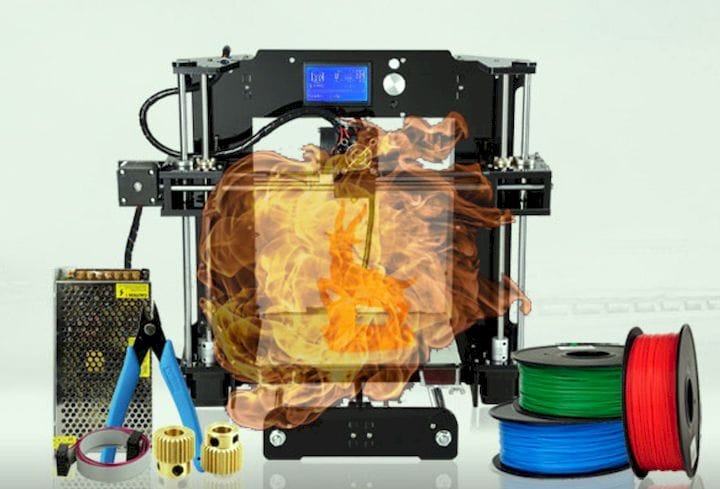 3D printers can literally catch on fire
3D printers can literally catch on fire
Filament-based 3D printers employ heaters to bring materials up to high temperatures where they soften for extrusion. However, it’s possible these heaters can get out of control and cause fires.
Do You Need A Smoke Alarm For Your 3D Printer?
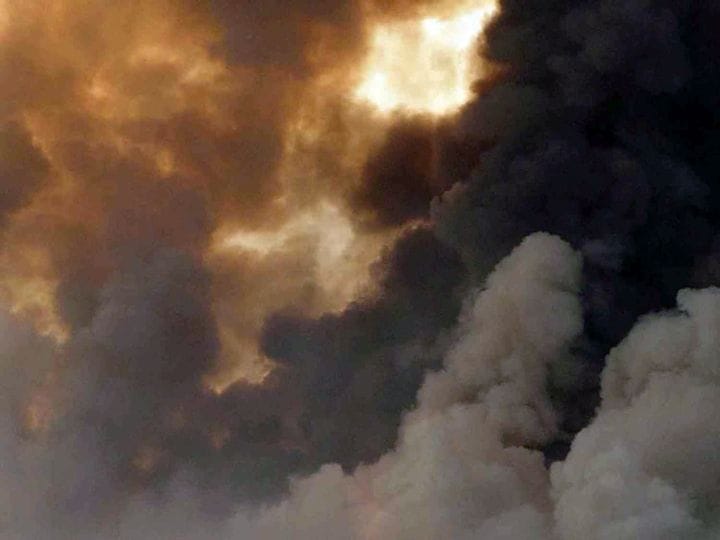 Should desktop 3D printers have smoke alarms nearby?
Should desktop 3D printers have smoke alarms nearby?
A very reasonable approach for any 3D printer is to ensure there is a smoke alarm nearby, preferably placed directly above the device.
Personal 3D Printing Safety Concerns
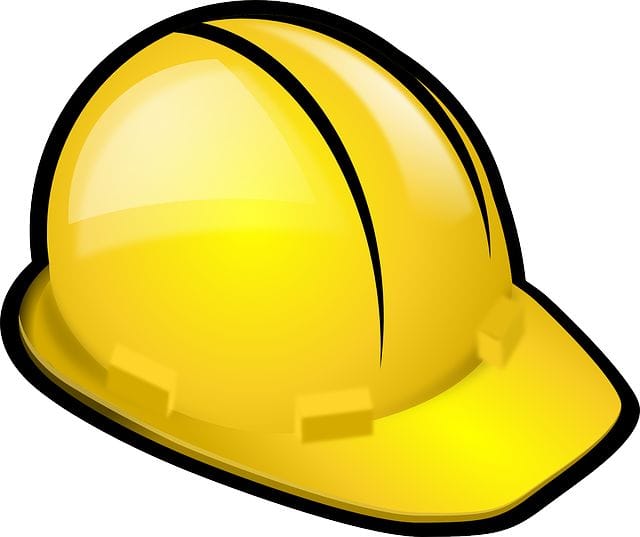 What do you need to know to 3D print safely?
What do you need to know to 3D print safely?
You want to 3D print at a home or office. What do you need to know about safety? What are the concerns? This post tells you what you need to know.
Near Disaster While 3D Printing
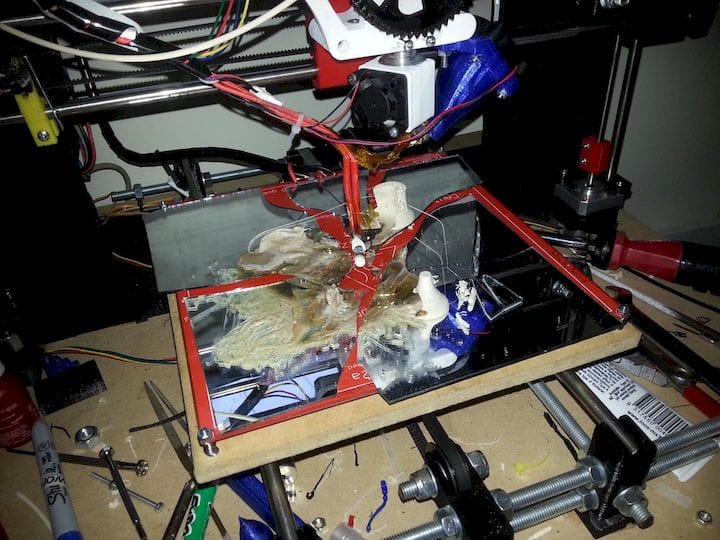 Self-damaged 3D printer almost caused a fire
Self-damaged 3D printer almost caused a fire
This is a story about how one 3D printer failed in a catastrophic manner that almost caused a major fire. It’s a lesson all 3D printer operators should be aware of.
3D Printing Hurts!
![Hand cut while removing a 3D print [Source: Fabbaloo]](https://fabbaloo.com/wp-content/uploads/2020/05/3d-printing-hurts_img_5eb091e221544.jpg) Hand cut while removing a 3D print [Source: Fabbaloo]
Hand cut while removing a 3D print [Source: Fabbaloo]
Fire is not the only danger from 3D printing, and there’s another one you may not have considered: handling prints for post-processing can be more risky than you think.
Guess What? Standard HEPA Filters May Not Solve 3D Printer Emissions
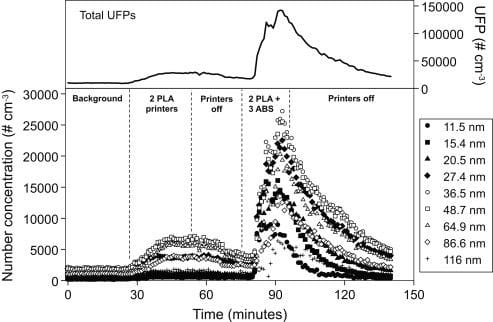 Ultrafine particles emitted by desktop 3D printers over time during operation
Ultrafine particles emitted by desktop 3D printers over time during operation
Some more advanced 3D printer include both HEPA and activated carbon filters. However, it turns out that these are actually inadequate to properly protect from some VOCs and nanoparticles.
Treat 3D Printer Resins Very, Very Carefully
![Typical 3D printer resins — NOT the resins used in the story below [Source: Fabbaloo]](https://fabbaloo.com/wp-content/uploads/2020/05/treat-3d-printer-resins-carefully_img_5eb091e2aadbd.jpg) Typical 3D printer resins — NOT the resins used in the story below [Source: Fabbaloo]
Typical 3D printer resins — NOT the resins used in the story below [Source: Fabbaloo]
3D printer resins are very often quite toxic, and thus should be treated with great care.
The Safety Bomb Hidden In Some Metal 3D Print Operations
![Some complex metal 3D prints [Source: Fabbaloo]](https://fabbaloo.com/wp-content/uploads/2020/05/safety-bomb_img_5eb091e300b39.jpg) Some complex metal 3D prints [Source: Fabbaloo]
Some complex metal 3D prints [Source: Fabbaloo]
Poor practices in some metal 3D printing workshops could lead to disastrous results.
3D Printer Safety: Adapting Your Home Workstation to Avoid Potential Hazards
![3D printing at home: what to do? [Source: Fabbaloo]](https://fabbaloo.com/wp-content/uploads/2020/05/image-asset_img_5eb091e34698e.jpg) 3D printing at home: what to do? [Source: Fabbaloo]
3D printing at home: what to do? [Source: Fabbaloo]
Considering a home 3D printer? What actions should you take to prepare your residence for the device? Here we find out.
Some Clear Advice On How To 3D Print Food-Safe Items
![Is that 3D print food-safe? [Source: Formlabs]](https://fabbaloo.com/wp-content/uploads/2020/05/food-safe-printing_img_5eb091e38a221.jpg) Is that 3D print food-safe? [Source: Formlabs]
Is that 3D print food-safe? [Source: Formlabs]
Everyone asks about food printing, but it is actually quite challenging to do in a safe manner.
3D Printer Safety: Another Anet A8 Burns
![A severely burned Anet A8, again [Source: Ben Ridgway]](https://fabbaloo.com/wp-content/uploads/2020/05/anet-8-burns_img_5eb091e3da74c.jpg) A severely burned Anet A8, again [Source: Ben Ridgway]
A severely burned Anet A8, again [Source: Ben Ridgway]
One particular model of 3D printer has had multiple examples of fires. In fact, a personal friend of mine told me his device — same model — just caught fire last week.
3D Printing Health Risks Identified by UL and Georgia Tech
![Researchers investigating 3D printer particle emissions [Source: Vimeo]](https://fabbaloo.com/wp-content/uploads/2020/05/3DPrintingHealthRisks_img_5eb091e42cfab.jpg) Researchers investigating 3D printer particle emissions [Source: Vimeo]
Researchers investigating 3D printer particle emissions [Source: Vimeo]
What are these mysterious emissions allegedly coming from 3D printers? There is a serious research report on the emissions, and it’s worse than you might have thought.
For other currently entries in this series, please search for our tag, “learning series”, here. Search often, as we will be adding more periodically.
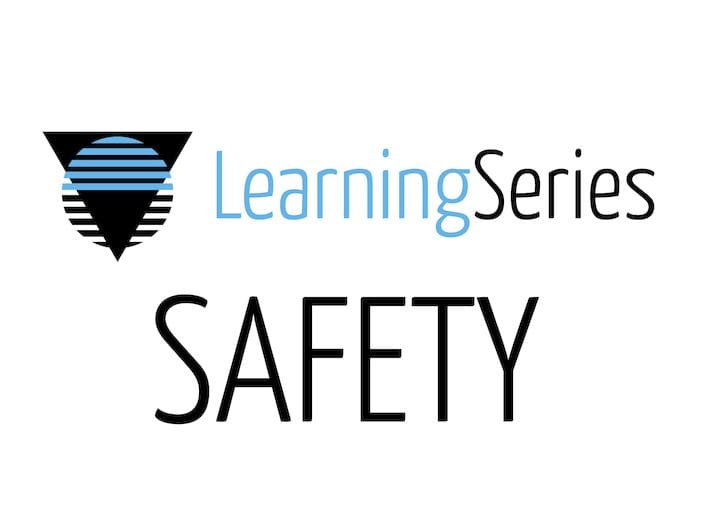
This is an entry in our 3D Print Learning Series, focusing on 3D print safety, which is far more risky than you might have imagined.

This is an entry in our 3D Print Learning Series, focusing on the different materials possible in 3D printing.

An entry in our Learning Series hopes to show you the business aspects of 3D printing, including purchasing, leasing, providing services, designing and marketing.
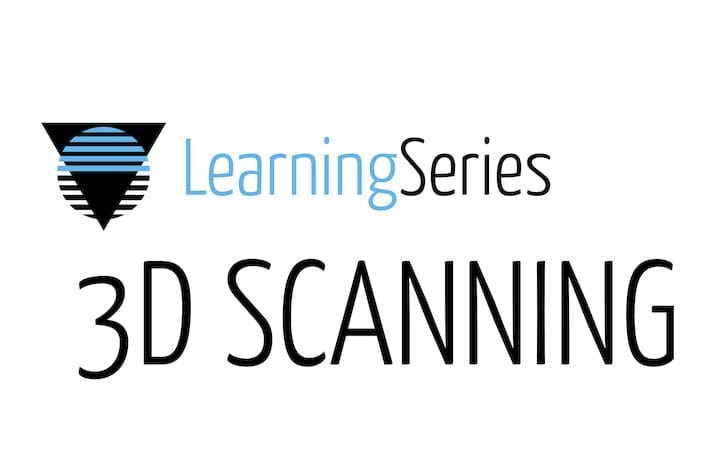
This is an entry in our 3D Print Learning Series, focusing on 3D Scanning.

This is an entry in our 3D Print Learning Series, focusing on additional 3D print design tips.
